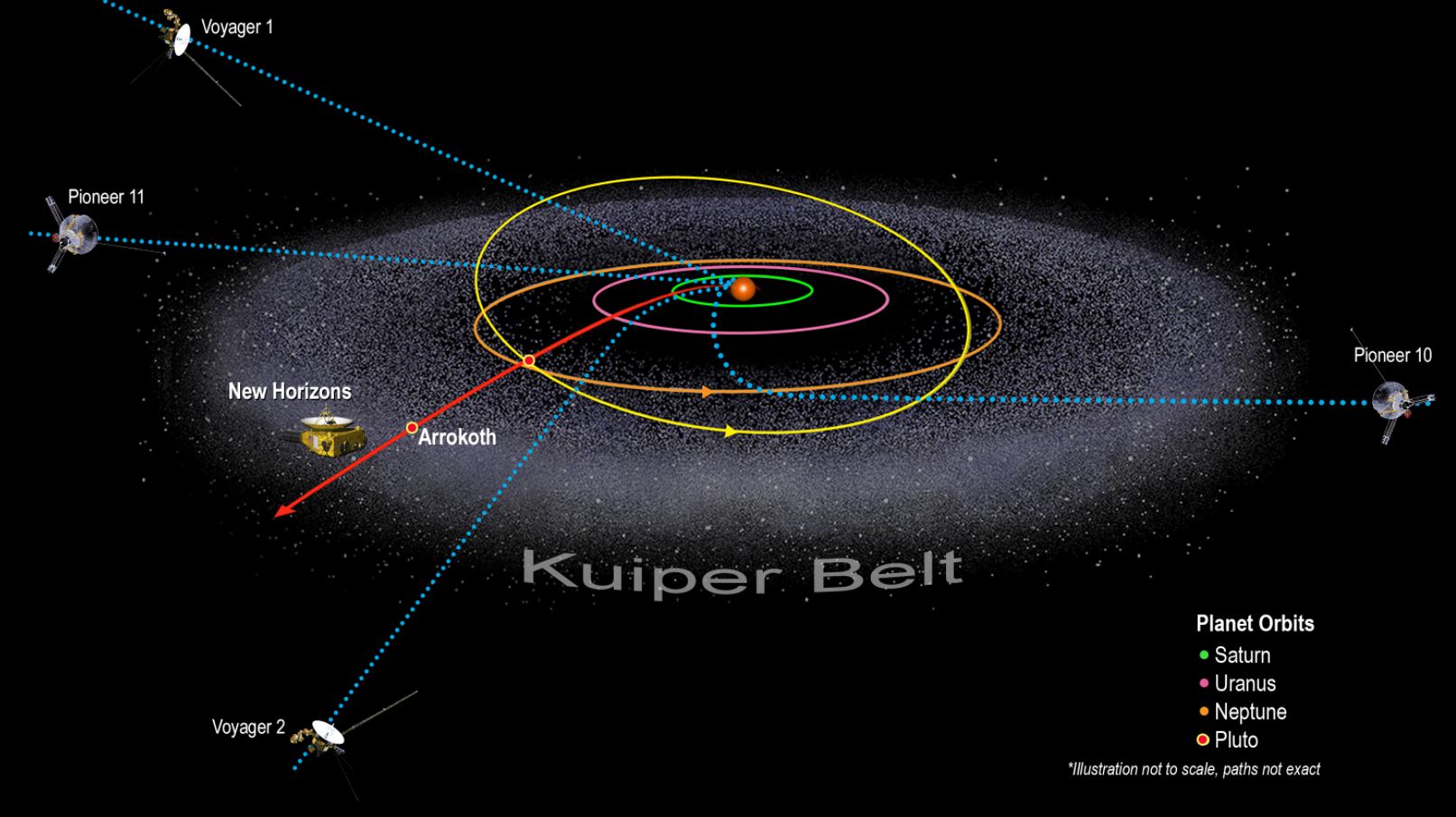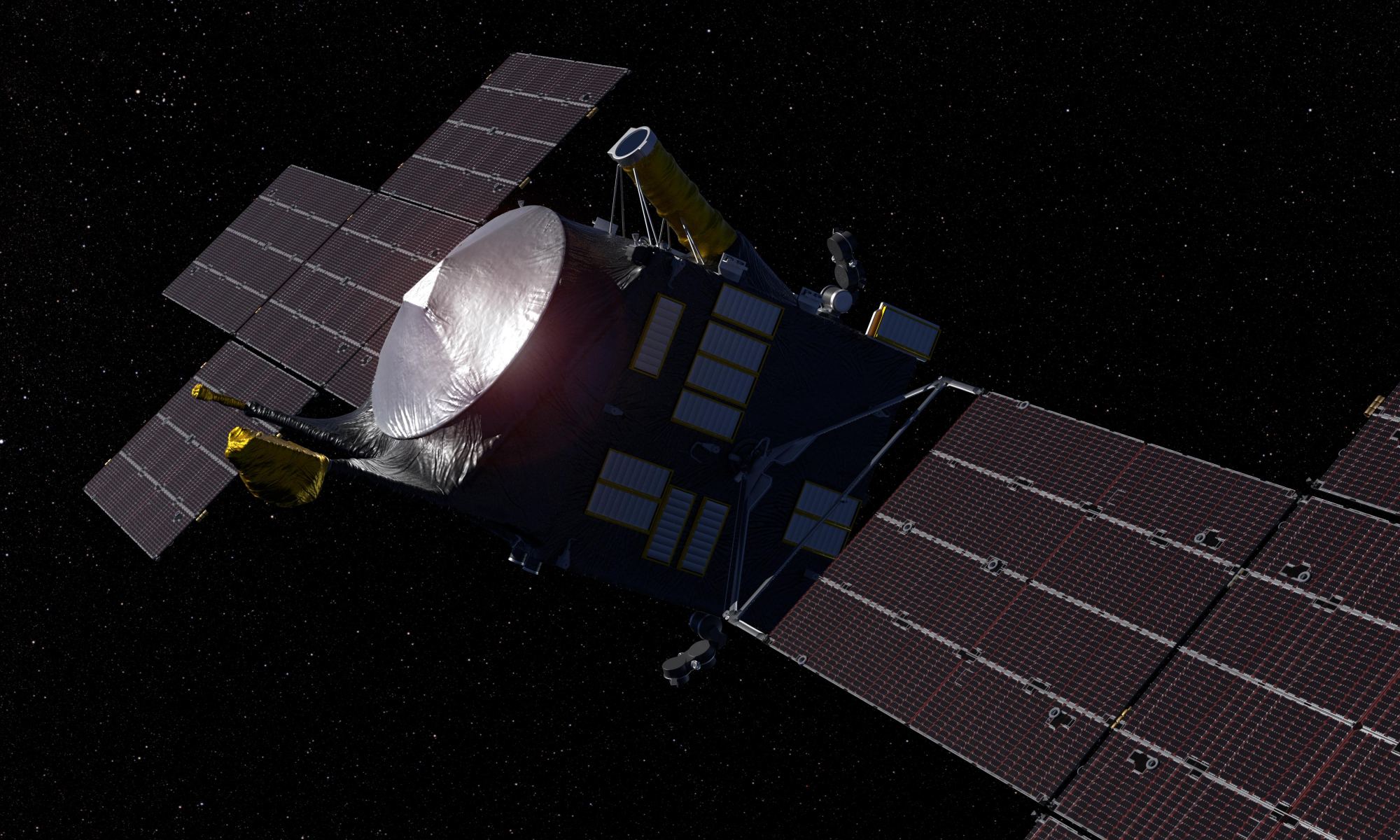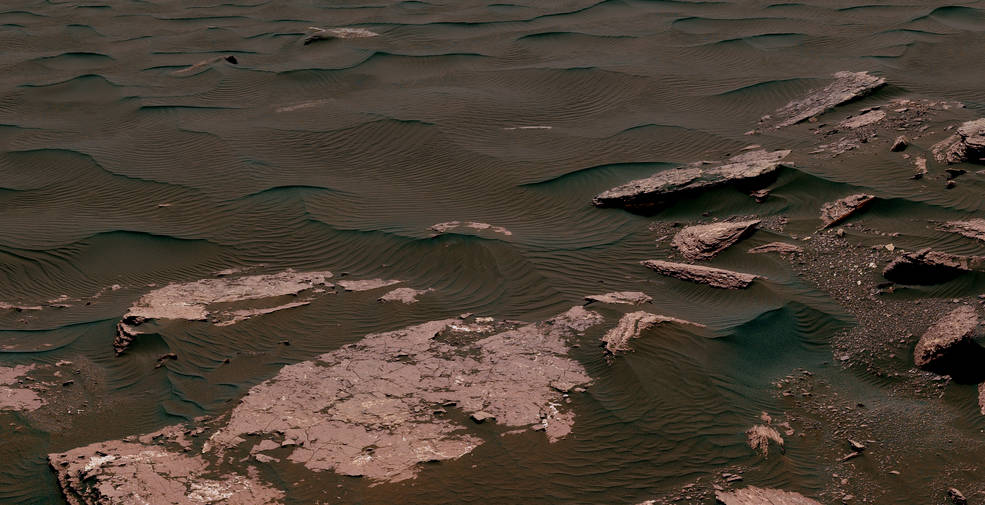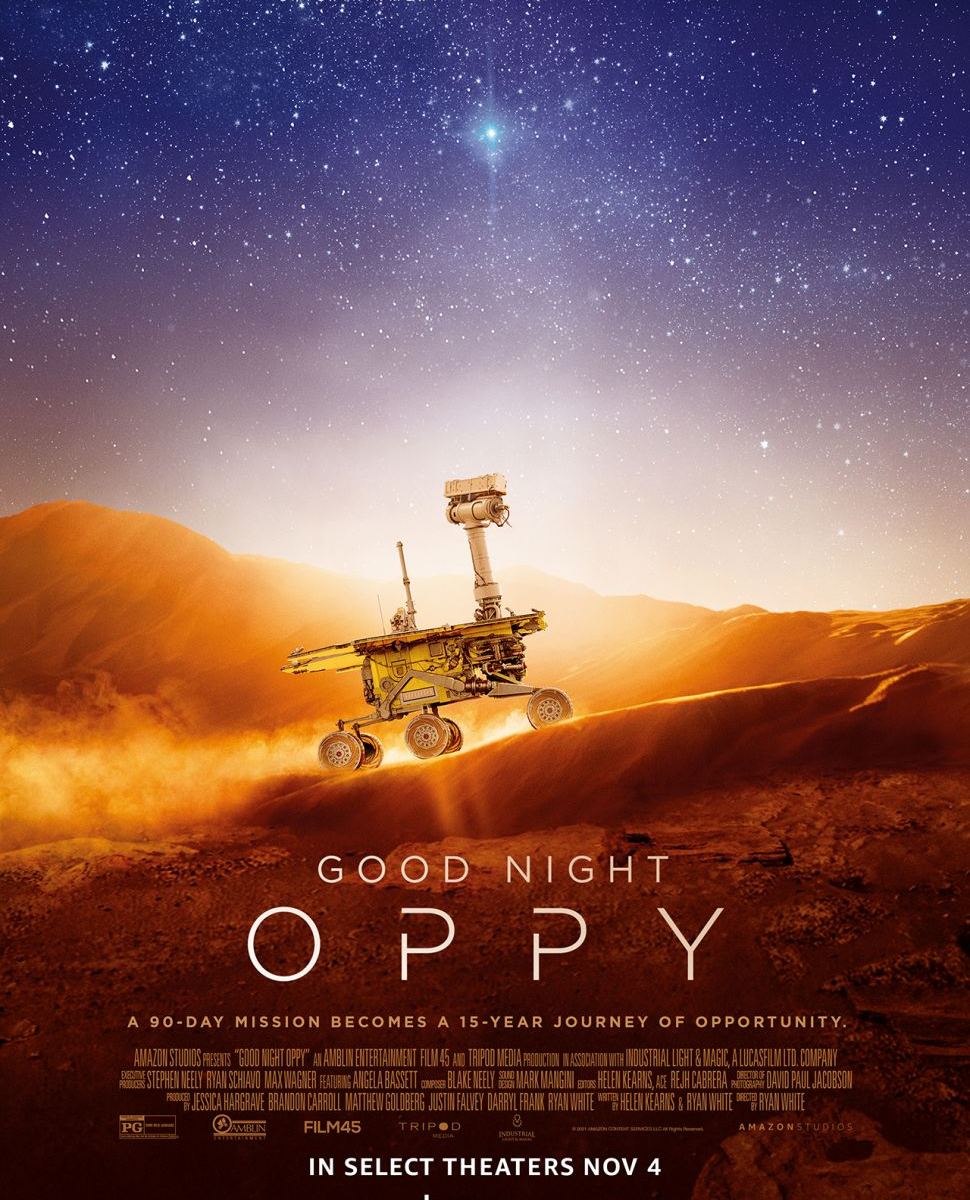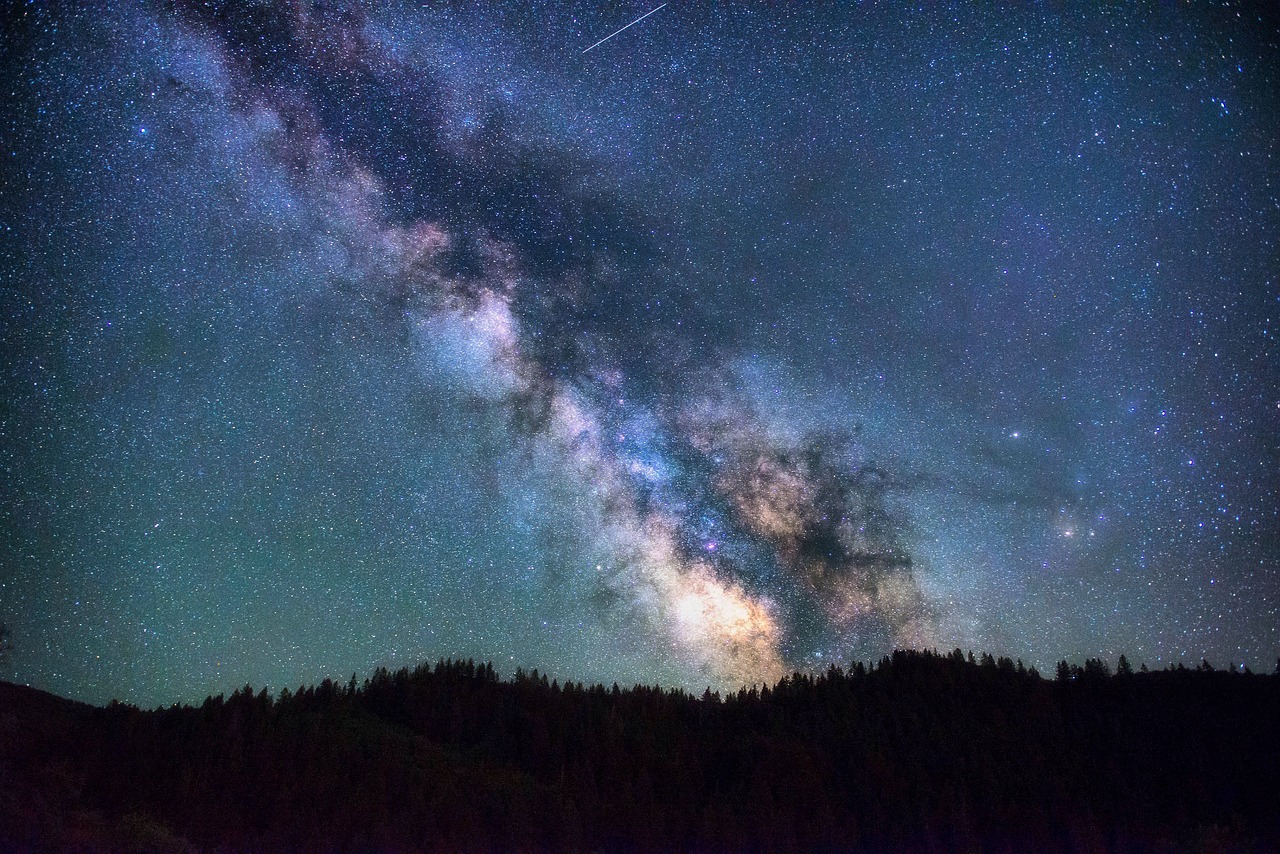In a recent study published in Science, a team of researchers at Imperial College London examined 18 meteorites containing the volatile element zinc to help determine their origin, as it has been long hypothesized that Earth’s volatiles materials, including water, were derived from asteroids closer to our home planet. However, their results potentially indicate a much different origin story.
Continue reading “The Outer Solar System Supplied a Surprising Amount of Earth’s Water”The Outer Solar System Supplied a Surprising Amount of Earth’s Water
